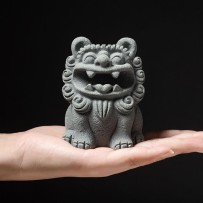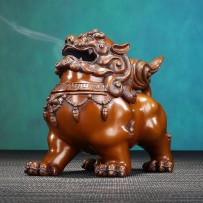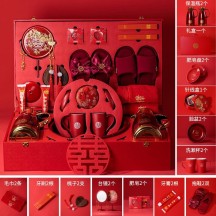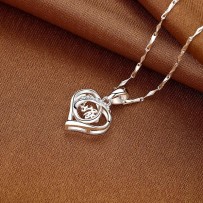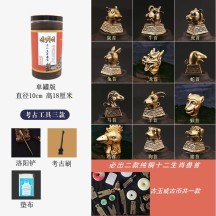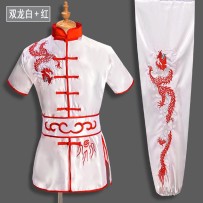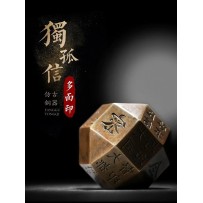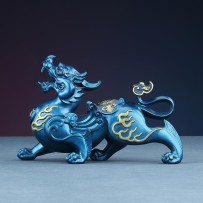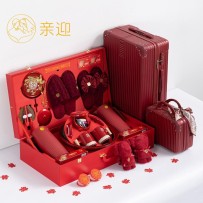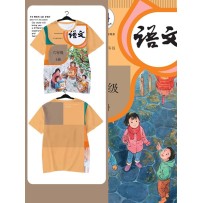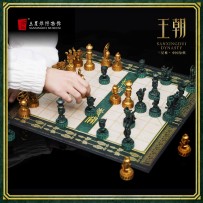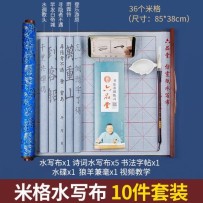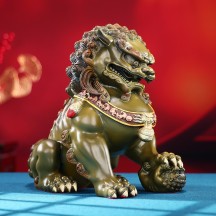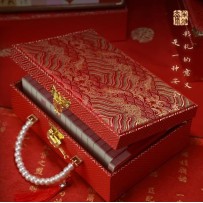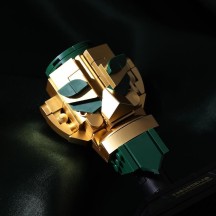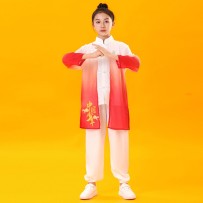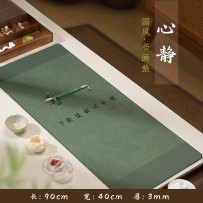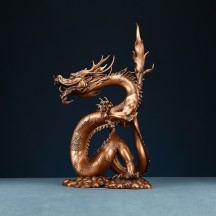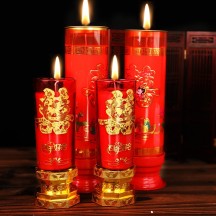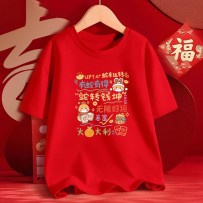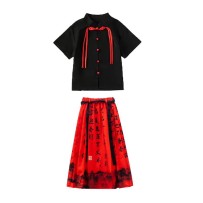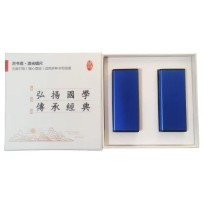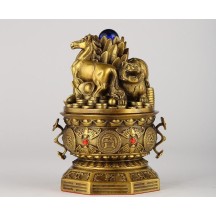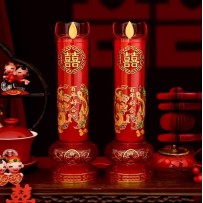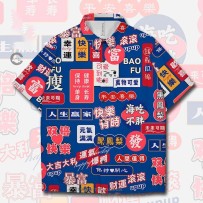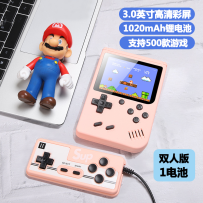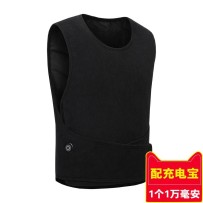A paperweight is a tool used to hold down books, documents, letters, and other items to prevent them from being blown away by the wind. It serves both practical and decorative purposes and can also be appreciated as a collectible item. Reflecting the owner's interests and taste, it adds a unique touch to any writing desk.
Subcategories
Spiritual beasts, also known as auspicious beasts or lucky beasts, refer to animals that symbolize good luck. They can be real in reality or mythical and fictional. The ancients believed that the appearance of spiritual beasts would be accompanied by auspicious events such as the birth of saints.
Design inspiration: I have you in my heart and I will never leave you. Two hearts intertwined, moving into each other's new house
The Sanxingdui ancient site dates back 3,000 to 5,000 years and is the largest, longest-lasting, and most culturally rich ancient city site discovered in Southwest China to date. It is hailed as one of the greatest archaeological discoveries of the 20th century.
A paperweight is a tool used to hold down books, documents, letters, and other items to prevent them from being blown away by the wind. It serves both practical and decorative purposes and can also be appreciated as a collectible item. Reflecting the owner's interests and taste, it adds a unique touch to any writing desk.
Spiritual beasts, auspicious beasts or auspicious beasts, that is, auspicious beasts, refer to animals that symbolize good luck. They can be real in reality or mythical and fictional. The ancients believed that when spiritual beasts appeared, they would be accompanied by auspicious events, such as the birth of saints.
This dress is made of ice silk quick-drying fabric, which is cool and comfortable to wear
The Sanxingdui ancient site dates back 3,000 to 5,000 years and is the largest, longest-lasting, and most culturally rich ancient city site discovered in Southwest China to date. It is hailed as one of the greatest archaeological discoveries of the 20th century.
A Tai Chi uniform is more than just ordinary clothing — it is an essential piece of gear and a symbolic element for practicing Tai Chi. It helps practitioners get into the right mindset and better embody the cultural essence of Tai Chi.
Calligraphy copybooks play an irreplaceable role in the study of calligraphy. They are not only an effective way to improve calligraphy skills, but also an important tool for cultivating aesthetic appreciation, developing patience and concentration, and preserving the cultural heritage of calligraphy.
The gate-guarding stone lions were a symbol of power and nobility in ancient times. The families of those who could afford to put stone lions in front of their doors were obviously more prosperous, which could be said to be a direct reflection of wealth and family prosperity.
Personalized text short-sleeved fun culture shirt
The felt mat for calligraphy and painting helps enhance the expression of the art. Writing on a table covered with felt feels very comfortable for the hand. The elasticity of the felt mat makes it easier to control the brush tip, which helps improve brush technique and develop a better tactile feel.
The dragon is a well-known symbol of good fortune in China. For thousands of years, the Chinese people have placed countless beautiful hopes and wishes upon it.
The duty of a paperweight (zhenchi) is not merely to hold down paper — it also serves as a symbolic warning, signaling that outsiders should not casually touch the owner's personal belongings. Beyond its practical use, the zhenchi embodies meanings such as "calming the mind" and "protecting the home," helping one remain composed and ward off negative energies. The "ruler" (chi) aspect of its name also represents a tool of measurement, symbolizing that a gentleman conducts himself with rules and boundaries. As an essential item on a scholar’s desk, the paperweight is not just a functional object, but also a refined work of art that brings aesthetic pleasure.
The twelve zodiac figurines are designed with anthropomorphic features and varied forms, each embodying a unique and auspicious meaning.
New Year Good Luck Oversized Short Sleeve Shirt










